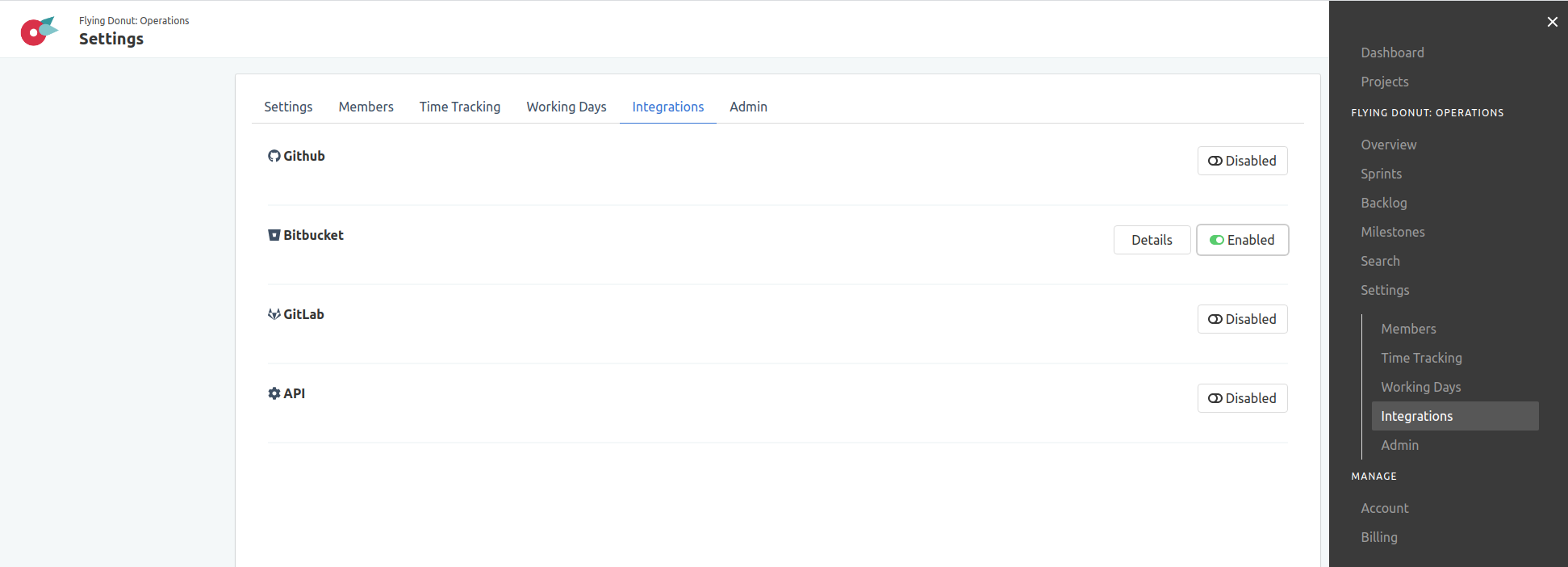
- Bitbucket create submodule how to#
- Bitbucket create submodule update#
- Bitbucket create submodule archive#
- Bitbucket create submodule code#
Give multiple pull requests, one from each submodule repository that has changed.When you link a site to a Git repository, Netlify must gain permission to access your repository code. Push the local branches of all changed submodules to their remotes. $ git push origin foo_remote_branch Pull requestĪfter your changes are done, you typically need to give a pull request (on Github) from your branch to a master branch which is typically owned by someone else. $ git push joe_fruit_remote fruit_remote_branch $ git push joe_apple_remote apple_remote_branch This makes it easy to give pull request later (see next section below).Ĭontinuing from our example above: $ cd fruit It is a good idea to push the local branches you created in submodules (see above) to remote branches in your fork on your remote. $ git commit -m "Commit new fruit submodule revision to main module" PushĮach of the submodules are usually linked to remote repositories (like Github or NFS). $ git commit -m "Changes in fruit go next" $ git add change_some_files_in_fruit_submodule.sh $ git commit -m "Changes in fruit/apple go first" $ git add change_some_files_in_apple_submodule.sh $ vim change_some_files_in_apple_submodule.sh $ vim change_some_files_in_fruit_submodule.sh Here is a sample workflow where the fruit and fruit/apple directories are nested submodules under the main module: $ git checkout -b foo_local_branch origin/foo_remote_branch This is because the parent module commit needs the revision of the child module commit. All the modules on the path from changed submodule to root module need to be committed. Commit in a bottom-up fashion: start from the leaf submodules that you changed and work your way up to the root module. Create local branches from the detached HEAD in the submodules you will change. So, when you checkout a local branch on the main module and you need to modify files in a hierarchy of submodules, the typical workflow is to: All of this gets messy when you have a hierarchy of submodules. Also, it is the revision of a submodule that is committed to a parent module. That is, the submodules appear as detached HEAD revisions. $ git remote add joe_apple_remote CommitĪ revision or branch of the main module will be tied to particular revisions of its submodules. $ git remote add joe_fruit_remote cd apple Note that you will need to do this even if you have forked the main module and cloned from that forked repo.įor fruit and fruit/apple directories that are nested submodules under the main module: $ cd fruit If you will be changing any of the submodules, then remember to fork those repositories (on Github) and add those remotes. To list all the submodules and their revisions: $ git submodule status -recursive Remotes Bitbucket create submodule update#
If you do not use -force, then the update will not finish and quit with a warning like this: warning: unable to rmdir foobar: Directory not empty Status The -force is optional, but I like to use since if some files or directories were removed or added between checkouts. Note that this is similar to the command used in clone above, except we do not use -init. To fetch changes for remotes of the main module and all remotes of the submodules: $ git fetch -all -recurse-submodules UpdateĪfter checking out a branch (or revision) on the main module, you need to update the submodules too: $ git checkout foo_local_branch To clone the main module and all its submodules: $ git clone -recursive prefer to use the normal clone, followed by initializing and updating all submodules: $ git clone git submodule update -init -recursive FetchĮach of the submodules are usually linked to remote repositories (like Github or NFS). When you clone a Git repository that has submodules, the submodules are not cloned. Here are the Git practices and incantations I have found useful to work with submodules: Clone

However, sooner or later the complexity that Git exposes will bite back requiring one to revert back to the shell to operate. Many folks use Git clients like SmartGit that make it easy to work with submodules.
Bitbucket create submodule how to#
So, you will need to know how to work with this setup. However, organization of submodules in this manner are found in many Github repositories. Working with submodules in Git can be a bit confusing and painful, especially when there is a hierarchy of submodules in the main module. This file lists out the external Git repo URLs, the local path inside the repo where they will exist and their given name. gitmodules file at the root of the repo indicates that this repo uses submodules.

Bitbucket create submodule code#
This is useful for example, if the current Git repo depends on or requires the source code in other Git repo. Submodules in Git enable you add and manage external Git repos into an existing Git repo.
Bitbucket create submodule archive#
📅 2016-Feb-10 ⬩ ✍️ Ashwin Nanjappa ⬩ 🏷️ git, submodule ⬩ 📚 Archive






 0 kommentar(er)
0 kommentar(er)
